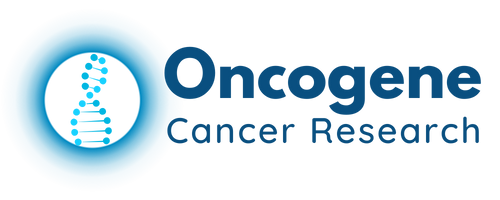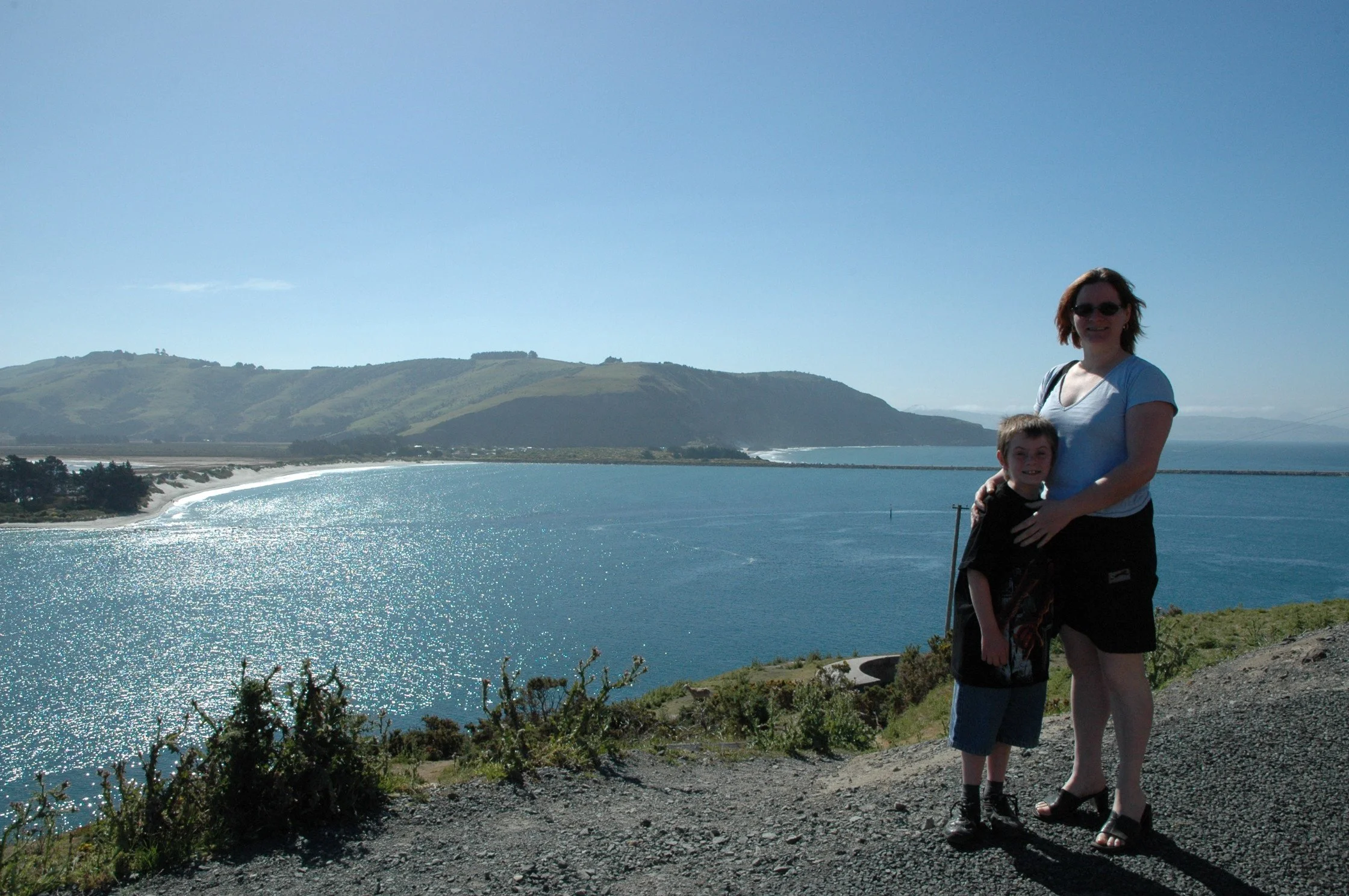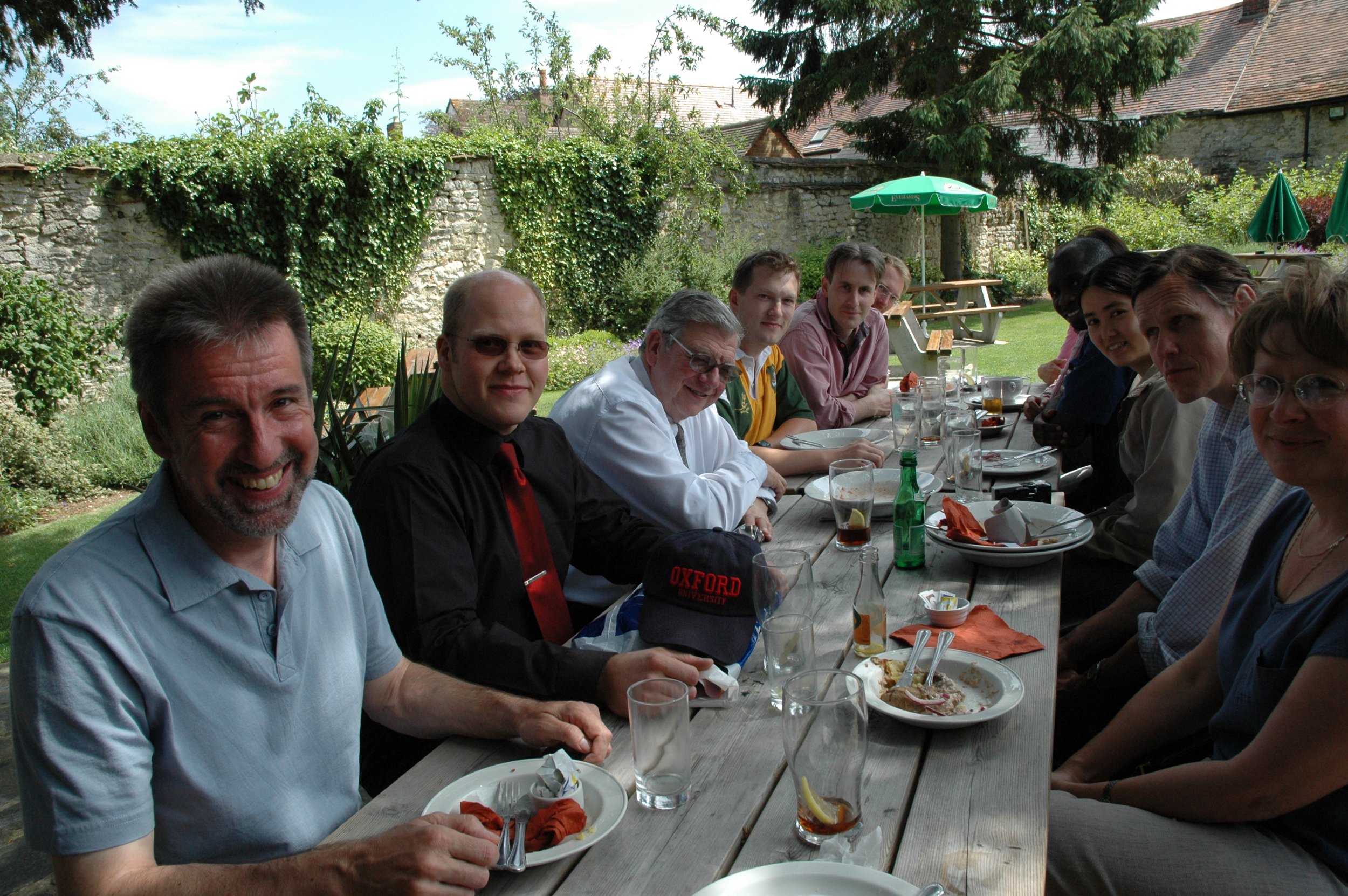Patient stories.

I could physically feel that my upper left lung was not fully inflating.
— Steve M, from Staffordshire, in the UK, diagnosed with stage 4 ALK+ lung cancer age 48
Meet Steve.
They said surgery wasn’t an option – but Steve fought for it anyway. The molecular biologist who used his research background to navigate complex treatment decisions.
My GP refused to hear my history, complaints or concerns. I felt totally abandoned and helpless.
In March 2020, Steve's symptoms were unmistakable to him: his running pace had slowed dramatically, he was experiencing severe shortness of breath, and he could physically feel that his upper left lung wasn't fully inflating.
As a former molecular cell biologist turned paramedic, Steve, a 48 year-old father from Staffordshire, knew these weren't normal signs.
"I had never ever suffered this at any time in my life and I had been a scuba diver, so well knew the signs of over exertion," Steve recalls. "My everyday breathing was reduced, and I could physically feel that my upper left lung was not fully inflating."
But getting his GP to listen proved nearly impossible. Despite Steve's medical background and clear articulation of his symptoms, his doctor dismissed his concerns as asthma and anxiety.
"My GP refused to hear my history, complaints or concerns and he refused to see me face-to-face," Steve explains. "I felt totally abandoned and helpless. I knew I had a serious and possibly life-threatening problem. Where could I turn?"
It took eight months of persistence, including threats of legal action, a visit to A&E and pleas such as a desperate email to the respiratory medicine department stating there was an airway obstruction affecting his upper left lung, before Steve finally received a CT-scan. Two weeks later in November 2020 came the shocking diagnosis: stage 4 lung cancer. It had also metastasised to the back of his chest and chest lymph nodes, it was bound to the aorta.
"The primary mass was in the upper back area of my left lung, exactly where I had been telling them for eight months," Steve says. "I was angry but determined to do everything to beat it."
Steve's wife and step-sonTaking control of treatment
Biomarker testing brought a little glimmer of hope: Steve had ALK+ lung cancer – a treatable oncogene-driven lung cancer that tends to respond well to targeted therapies.
In January 2021, Steve began treatment with alectinib, a targeted therapy designed specifically for ALK-positive lung cancer. Within days, his symptoms began to improve, though the medication brought challenges, including elevated bilirubin levels that visibly yellowed his skin and eyes, and muscle issues that forced him to stop running.
After several months on alectinib, the primary tumour had reduced significantly from 2cm to 1cm, lymph node involvement had disappeared, and pleural thickening had resolved completely. This remarkable response opened a possibility rarely considered for stage 4 cancer patients: surgical intervention.
Fighting for surgery
In mid-2022, during a conversation with his well-respected oncologist, Steve raised a question that would change his treatment trajectory: was the primary tumour now surgically removable?
This consideration challenges conventional thinking about stage 4 lung cancer treatment. Typically, once cancer has spread beyond the lungs, surgery is rarely considered a viable option in the UK and other countries. But Steve's scientific background informed his reasoning: removing the primary site could eliminate the source of potential resistance mutations.
With his understanding of tumour biology, Steve believed that complete removal of the primary site and margins would be beneficial. The primary tumour is generally the most resistant to treatment and often contains initiator tumour stem cells. His consultant agreed to refer him to a leading thoracic surgeon.
However, the referral came with requirements that posed difficult choices for Steve.
Difficult decisions
The path to surgery wasn't straightforward. The thoracic surgeon required both clean PET and brain MRI scans before considering surgery.
“I knew that if I declined the MRI, surgery would be off the table. But if it showed brain metastasis, I’d still lose the chance for surgery — and my driving licence too,” Steve explains. In the UK, any sign of brain metastasis requires immediate surrender of a driver’s licence. For Steve, who regularly drove to care for his elderly parents, that would have been a devastating loss.
While the PET scan showed no metabolically active cancer, unfortunately the MRI revealed two brain lesions. These findings temporarily derailed the surgical plans and necessitated stereotactic radiosurgery (SRS) to treat the brain metastases in October 2022.
Persistence pays off
As Steve continued monitoring the CT scan results during 2023, he became increasingly concerned about the primary site. Sequential scans showed the primary mass growing from 8mm back to 1.2cm, despite the overall success of his treatment.
His persistence finally paid off. In February 2024, Steve received a three-hour long VATS (Video-Assisted Thoracoscopic Surgery – essentially keyhole surgery using a tiny camera) to remove a wedge-shaped section of his upper left lung containing the primary tumour.
The lab analysis of the removed tissue showed that the primary site was composed entirely of dense scar tissue with no evidence of cancer cells – essentially a complete response to his oral therapy.
"This was not what I expected," Steve admits. But the results provided valuable insight into how well his targeted therapy had worked.
The surgeon explained that the extensive scarring throughout Steve's chest cavity was evidence of a strong response to alectinib, suggesting a better long-term prognosis. While standard histopathology might not detect very small numbers of residual cancer cells, removing the primary site eliminated any possibility of those cells causing future problems. Beyond the potential oncological benefits, the surgery also improved Steve's quality of life. The breathing restriction he had been experiencing since before diagnosis was finally resolved.
"For me, I feel that removal of the primary site will improve prognosis," Steve explains. "If we remove the primary then the opportunity to develop resistance and seed new tumours is reduced."
I shall continue to fight to beat the disease, and hope that others can benefit from my experience.
Looking forward
Steve's recovery has progressed well and quickly. He resumed weight-lifting and his breathing capacity is much better. His next steps include awaiting scan results and discussing the possibility of decreasing his targeted therapy dosage.
His alectinib dose was reduced to 450mg in July 2024. Steve’s subsequent MRI in October 2024 showed an interval increase in one brain mass so the Alectinib dose was increased back to full, as precaution in late October 2024. This was followed by a second round of SRS to the single mass in November 2024.
The brain metastases remain under close monitoring, with the hope of regaining his driver's license in November 2025 if scans continue to show stability. While uncertainty remains about the possibility of disseminated cancer cells elsewhere in the body, the positive response at the primary site provides cause for cautious optimism.
Steve's case illustrates that even with stage 4 lung cancer, personalized treatment approaches that challenge conventional wisdom can sometimes yield extraordinary results. His combination of targeted therapy followed by surgical intervention for the primary tumour, along with stereotactic radiosurgery for brain metastases, demonstrates the potential benefits of an individualized approach that draws on both cutting-edge treatments and established surgical techniques.
"I shall continue to fight to beat the disease," Steve says, "and hope that others can benefit from my experience."
July 2025










